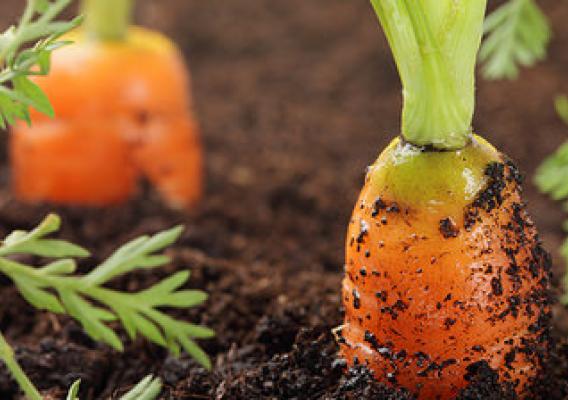The Census of Agriculture is the most complete account of U.S. farms and ranches and the people who operate them. Every Thursday USDA’s National Agricultural Statistics Service will highlight new Census data and the power of the information to shape the future of American agriculture.
For decades, school children in Arizona have been taught the five Cs: Copper, Cattle, Cotton, Citrus, and Climate. These five C’s have been the driving force behind Arizona’s economy, and gave economic security to past generations and hope to many generations. However, all that is changing. Arizona, like the rest of the country, is undergoing an economic transformation. Arizona is moving from a mining and agriculturally oriented economy, to a high-technology and service-based economy. This is changing the patterns of where Arizonans live and work.
Three of Arizona’s Cs – cattle, cotton, and citrus – were counted in the most recent Census of Agriculture and the results showed that they are still economically significant. The value of cattle, cotton and citrus production that was sold in 2012 totaled nearly $940 million, excluding the more than $760 million in milk sales. Total market value of all agricultural products sold topped $3.7 billion.









